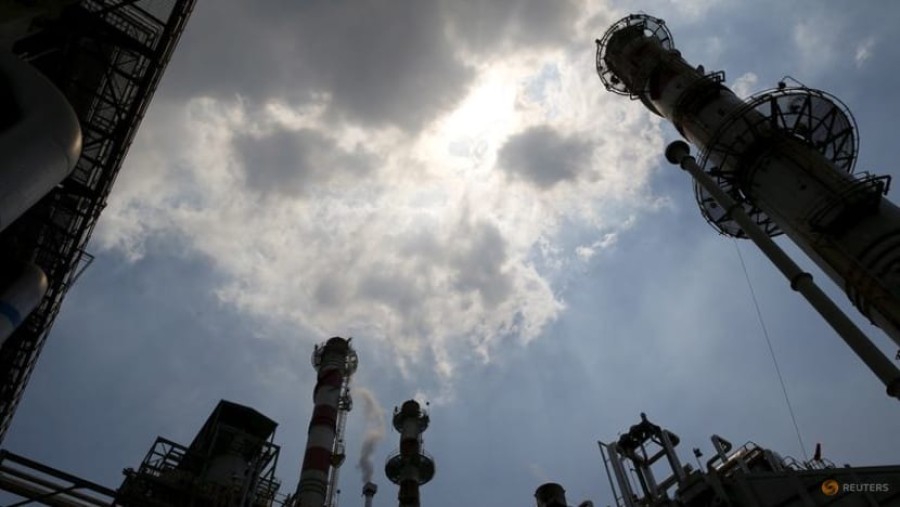Indonesia expects oil and gas investments to rise 29% to $17 billion in 2024

Indonesia's regulator, SKK Migas's chairman, told Reuters that Indonesia expects investments in its oil and gas sector to rise 29 percent in 2024. The country is racing to ramp up drilling and exploration following the recent exits of global giants Shell and Chevron.
An immediate push in oil and gas investments is crucial for the resource-rich southeast Asian nation, which is looking to reverse a protracted output decline amid increasing financing challenges for fossil fuel projects.
Dwi Soetjipto, chairman of oil and gas regulator SKK Migas, told Reuters on the sidelines of the Future Energy Asia conference late Wednesday that 40 percent of the planned investments
"We will increase drilling from last year, when we drilled 790 wells. This year, we are planning about 930 wells," he said, adding that exploration spending will be increased to $1.4 billion from $0.9 billion last year.
The spending on exploration will include staggered investments into projects that will begin production later this decade, he said.
Soetjipto said decarbonisation requirements for fossil fuel projects were a major challenge, as most of the investment funding was coming from foreign banks and there was no immediate pathway for consistent returns on investments in carbon capture.
The Indonesian government is keen to reverse the trend and targets an increase in lifting to one million barrels of oil and 12 billion standard cubic feet per day of gas by 2030.
"The requirements for financing and also from the international companies is that they have to fulfil the green targets. It means that their capex can increase without any (monetary) benefit from a carbon capture in the future," he said.
LOWER OIL, GAS LIFTING
Soetjipto forecast slightly lower annual oil lifting volumes of about 600,000 barrels per day (bpd) in 2024, compared with 605,000 bpd last year. Still, that was higher than the earlier SKK Migas forecast of 596,000 bpd.
However, he expects 2024 natural gas lifting to be nearly 8 per cent higher at about 5,700 million standard cubic feet per day (mmscfd), above the 5,300 mmscfd seen in 2023 and an earlier 2024 forecast of 5,544 mmscfd based on contractors' work plans.
The development of new gas projects in Indonesia has faced delays due to shareholder changes in projects, the COVID-19 pandemic and adjustments to adopt carbon capture technology.
The improved natural gas output forecast was due to new projects that had started production recently, he said, adding that a final investment decision in the delayed Geng North field is expected "in the middle of this year".
